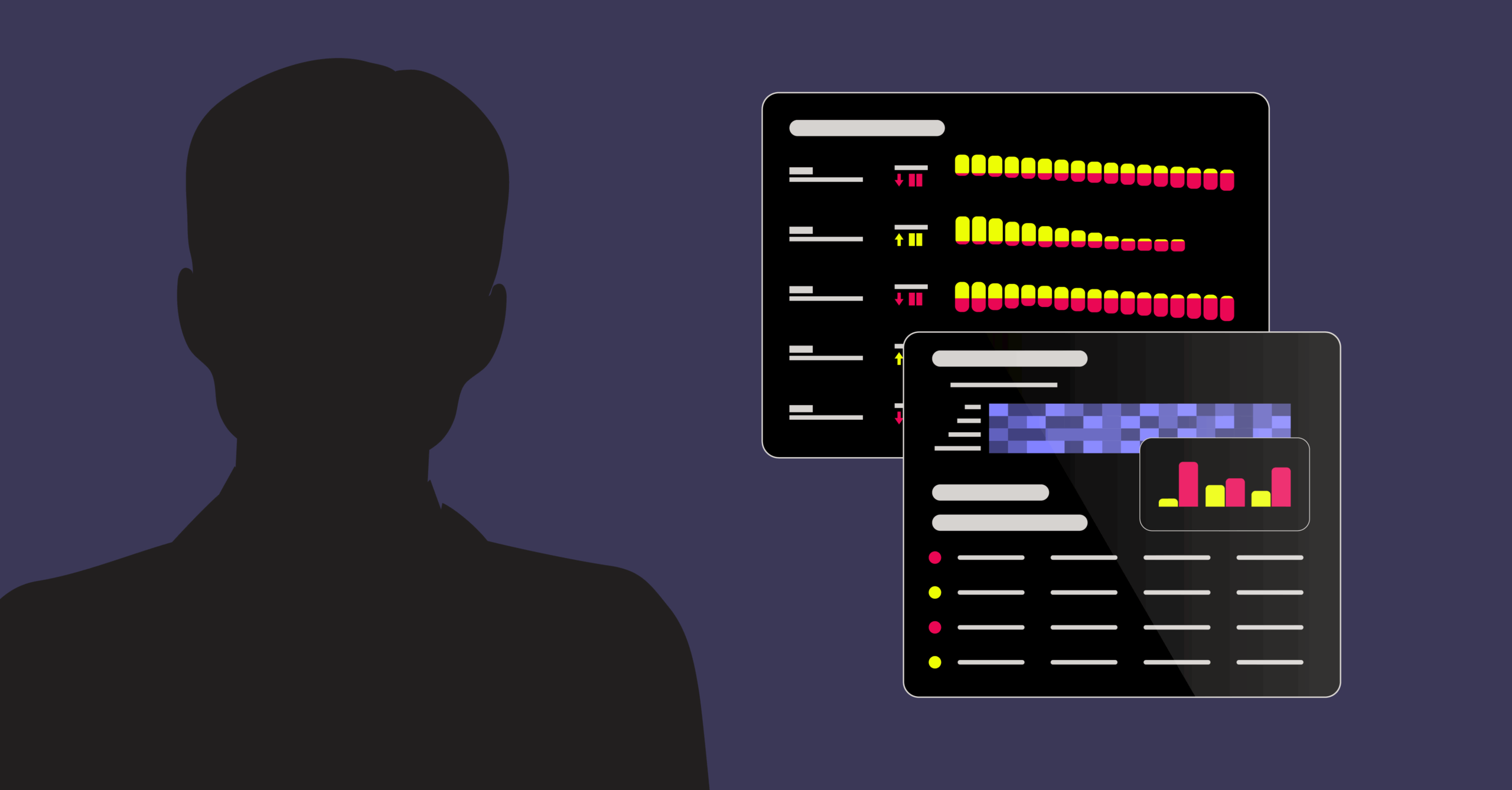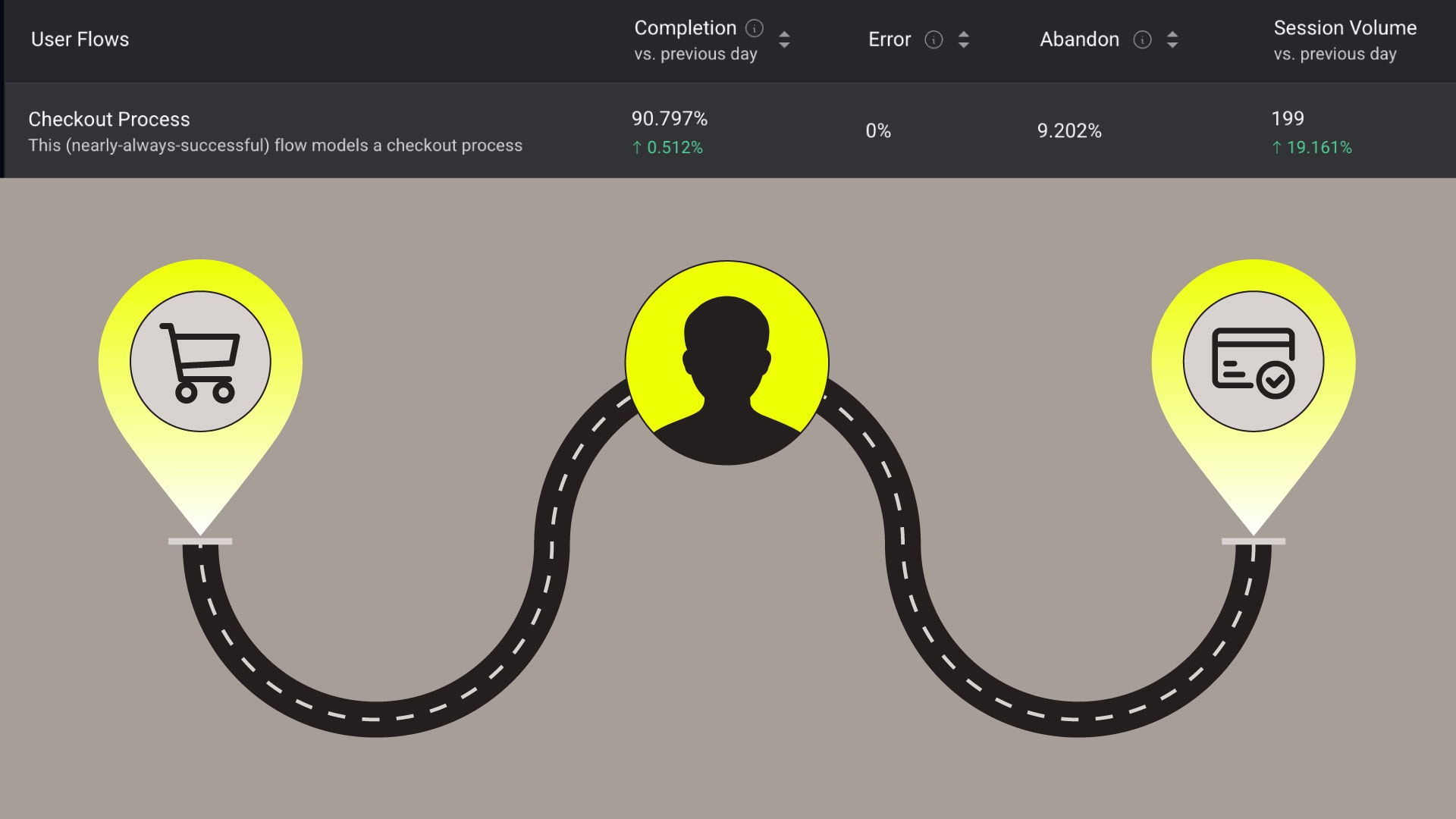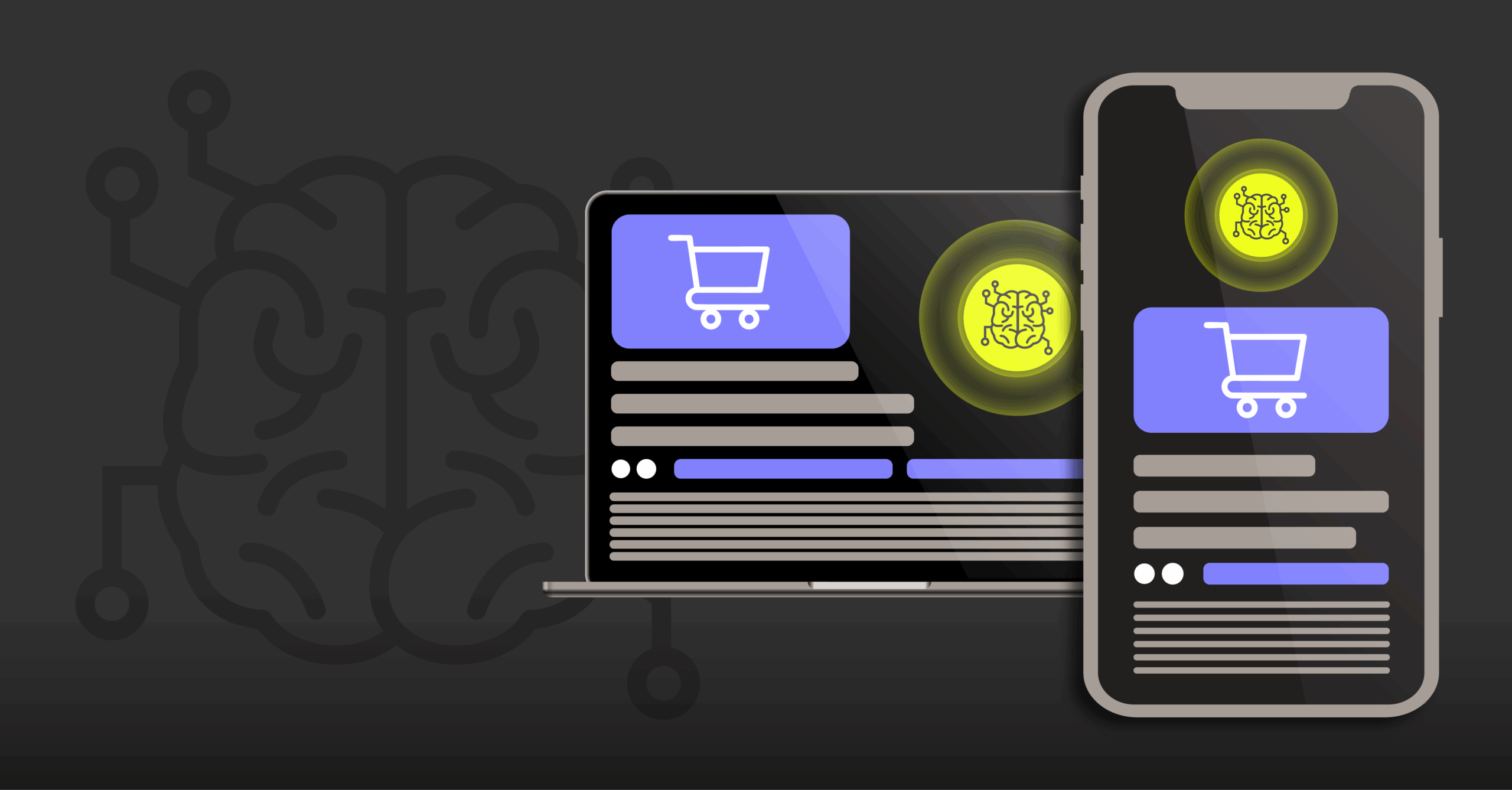
Embrace is building User Journeys to help engineering and product teams turn mobile and web telemetry into user reliability.
We first launched the first major feature, User Flows, a tool that lets you break down and measure the important paths through your app. Using telemetry already coming from user-facing applications, you can create User Flows in Embrace’s dashboard to measure the success, failure, and abandonment of key parts of the application.
What are those key parts? With the caveat that every app is different, we’ve found that engineers are using User Flows to learn about their apps in some similar ways. Let’s look through the scenarios teams are using to build useful User Flows to learn what, exactly, happened to their users.



